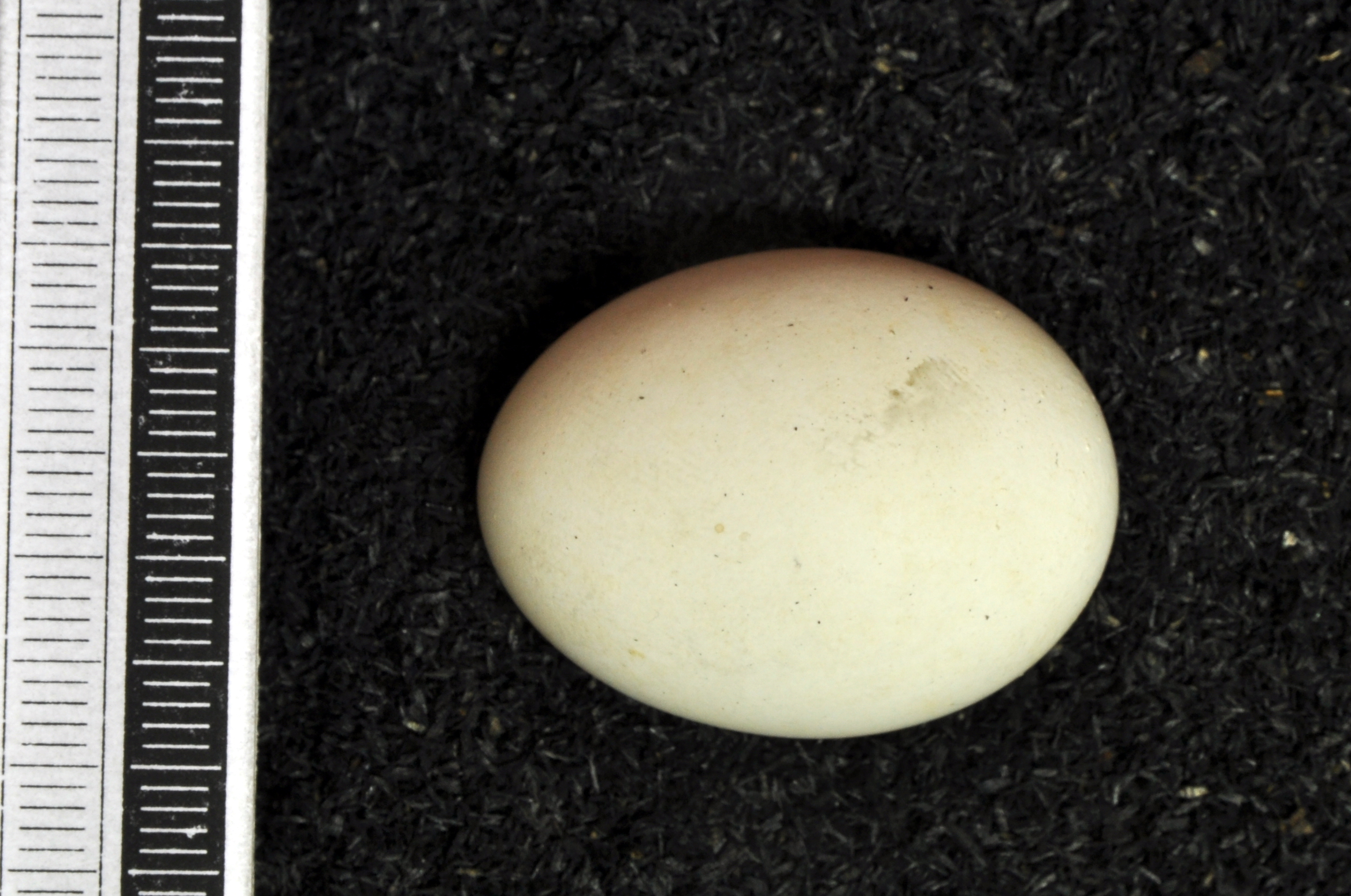Yellow Bittern on:
[Wikipedia]
[Google]
[Amazon]
The yellow bittern (''Ixobrychus sinensis'') is a small bittern. It is of Old World origins, breeding in the northern Indian Subcontinent, east to the Russian Far East,
 The yellow bittern's breeding habitat is
The yellow bittern's breeding habitat is
Japan
Japan ( ja, 日本, or , and formally , ''Nihonkoku'') is an island country in East Asia. It is situated in the northwest Pacific Ocean, and is bordered on the west by the Sea of Japan, while extending from the Sea of Okhotsk in the north ...
and Indonesia. It is mainly resident, but some northern birds migrate
Migration, migratory, or migrate may refer to: Human migration
* Human migration, physical movement by humans from one region to another
** International migration, when peoples cross state boundaries and stay in the host state for some minimum le ...
short distances. It has been recorded as a vagrant in Alaska and there is a single sighting in Great Britain, from Radipole Lake
Radipole Lake is a lake on the River Wey, now in the English coastal town of Weymouth, Dorset, once in Radipole, the village and parish of the same name. Along the western shore of the lake, and between Radipole and the town centre of Weymouth, ...
, Dorset on November 23, 1962 – however, the British Ornithologists' Union
The British Ornithologists' Union (BOU) aims to encourage the study of birds ("ornithology") and around the world, in order to understand their biology and to aid their conservation. The BOU was founded in 1858 by Professor Alfred Newton, Henry ...
has always considered this occurrence to be of uncertain provenance and currently it is not accepted onto the official British List.
Taxonomy
The yellow bittern was formally described in 1789 by the German naturalistJohann Friedrich Gmelin
, fields =
, workplaces = University of GöttingenUniversity of Tübingen
, alma_mater = University of Tübingen
, doctoral_advisor = Philipp Friedrich GmelinFerdinand Christoph Oetinger
, academic_advisors =
, doctora ...
in his revised and expanded edition of Carl Linnaeus's ''Systema Naturae
' (originally in Latin written ' with the ligature æ) is one of the major works of the Swedish botanist, zoologist and physician Carl Linnaeus (1707–1778) and introduced the Linnaean taxonomy. Although the system, now known as binomial nomen ...
''. He placed it with the herons, cranes, storks and bitterns in the genus '' Ardea'' and coined the binomial name
In taxonomy, binomial nomenclature ("two-term naming system"), also called nomenclature ("two-name naming system") or binary nomenclature, is a formal system of naming species of living things by giving each a name composed of two parts, bot ...
''Ardea sinensis''. Gmelin based his description on the "Chinese heron" that had been included by the English ornithologist John Latham in his multi-volume work ''A General Synopsis of Birds''. Latham based his description on a collection of Chinese drawings. The yellow bittern is now one of ten species placed in the genus '' Ixobrychus'' that was introduced in 1828 by the Swedish naturalist Gustaf Johan Billberg. The genus name combines the Ancient Greek ''ixias'', a reed-like plant and ''brukhomai'', to bellow. The specific epithet ''sinensis'' is Modern Latin meaning "China". The species is monotypic: no subspecies
In biological classification, subspecies is a rank below species, used for populations that live in different areas and vary in size, shape, or other physical characteristics (morphology), but that can successfully interbreed. Not all species ...
are recognised.
Description
This is a small species at in length, with a short neck and longish bill. The male is uniformly dull yellow above and buff below. The head and neck are chestnut, with a black crown. The female's crown, neck and breast are streaked brown, and the juvenile is like the female but heavily streaked brown below, and mottled with buff above. Yellow bitterns feed on insects, fish andamphibian
Amphibians are tetrapod, four-limbed and ectothermic vertebrates of the Class (biology), class Amphibia. All living amphibians belong to the group Lissamphibia. They inhabit a wide variety of habitats, with most species living within terres ...
s.
Distribution and habitat
reed bed
A reedbed or reed bed is a natural habitat found in floodplains, waterlogged depressions and
estuaries. Reedbeds are part of a succession from young reeds colonising open water or wet ground through a gradation of increasingly dry ground. As ...
s. They nest on platforms of reeds in shrubs. Four to six eggs are laid. They can be difficult to see, given their skulking lifestyle and reed bed habitat, but tend to fly fairly frequently, when the striking contrast between the black flight feathers and the otherwise yellowish plumage makes them unmistakable.
Conservation
The yellow bittern is protected under theMigratory Bird Treaty Act of 1918
The Migratory Bird Treaty Act of 1918 (MBTA), codified at (although §709 is omitted), is a United States federal law, first enacted in 1918 to implement the convention for the protection of migratory birds between the United States and Canada . ...
.
References
{{Taxonbar, from=Q888536 Bitterns Birds of East Asia Birds of Southeast Asia Birds of Pakistan Ixobrychus Birds described in 1789 Taxa named by Johann Friedrich Gmelin Birds of Nepal